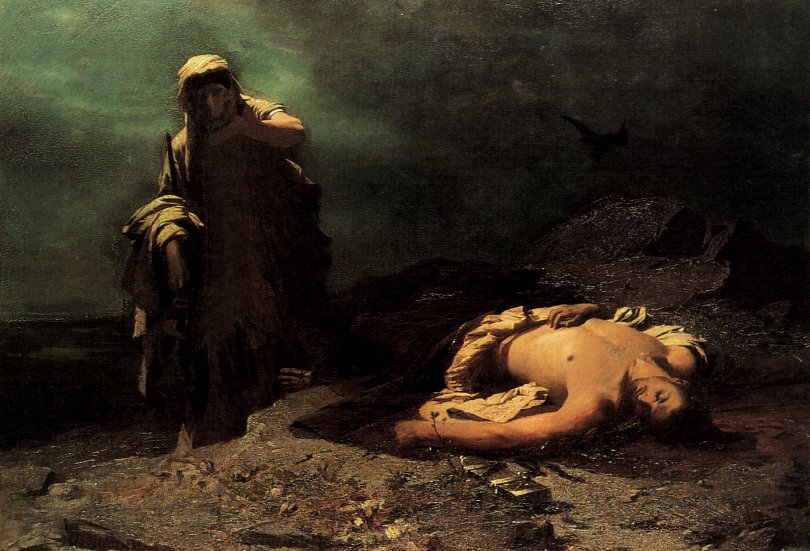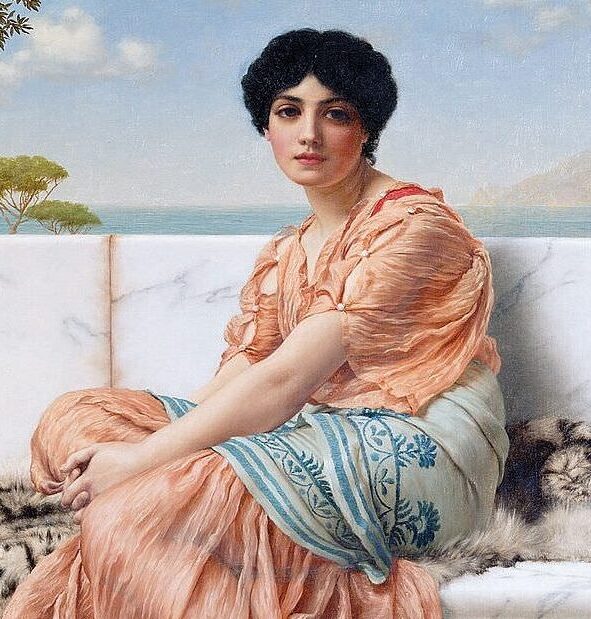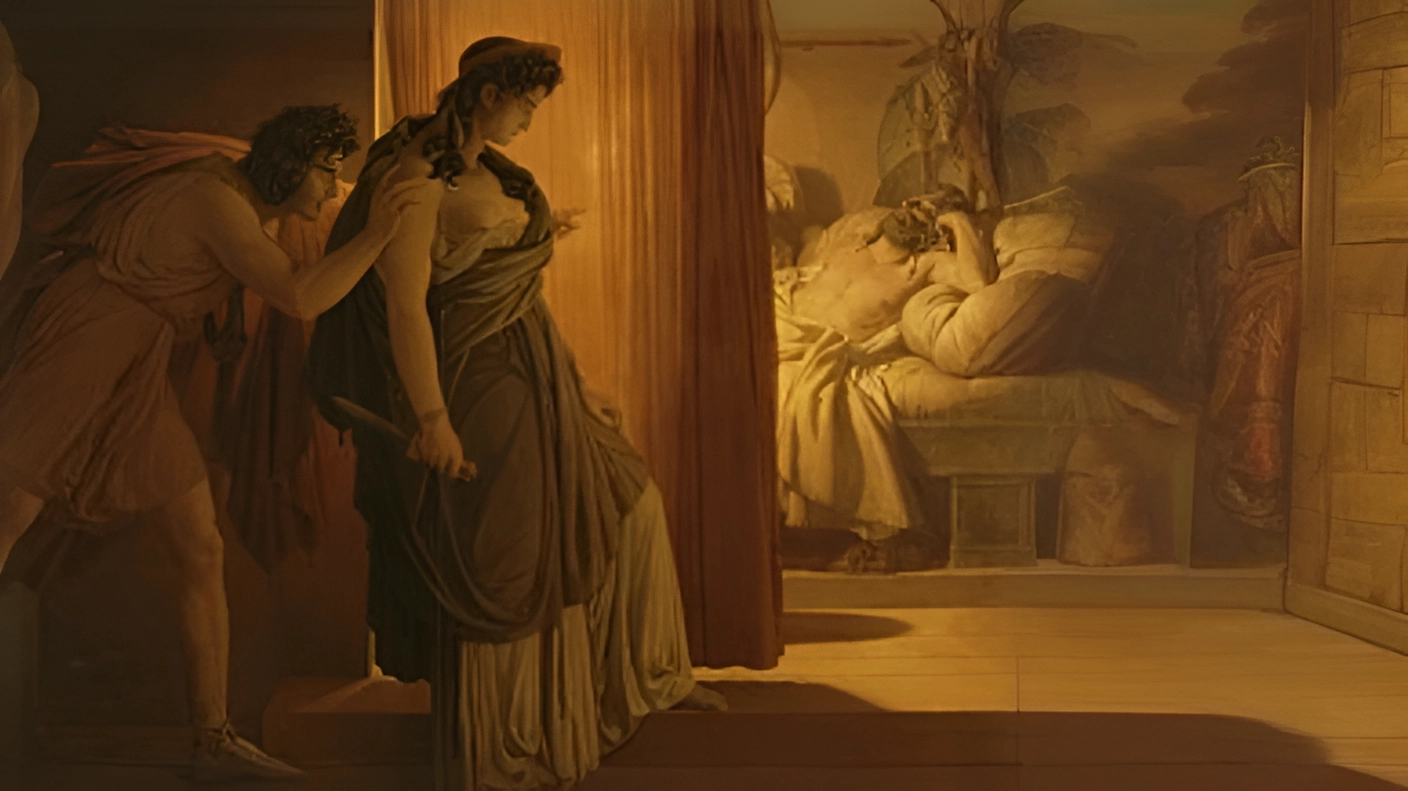Edition 1
-
To what extent can the epigram up to Martial be justified as a legitimate literary genre?
The epigram started out as an inscription (ἐπιγραμμα), first appearing in elegiac metre in the 7th century BC.[1] Originally featuring on tombs and statues, it then expanded to become sympotic and humorous. By…
-
Should Sophocles’ Antigone really be called ‘Antigone’?
The eponymous title of Sophocles’ Antigone is rather misleading: not only does it suggest there to be one central plot but also one main character – something we should find rather disconcerting, even…
-
The Hidden Figures of Greek Philosophy: Sappho, Leontion, and Arete of Cyrene
As a poet, lyricist, and teacher, Sappho might be one of the most well-studied and researched women of her time. But, as always, new opinions and analyses appear, making us question what we…
-
On Metre and Music in the Parodos of Aeschylus’ Agamemnon
Aeschylus’ Agamemnon was first performed in 458BC, and its parodos is the chorus’ entry-song. In contrast with later extant 5th Century BC tragedies where the actors and dialogue seem to be more important…
-
Greek Pottery and Tragedies: An Ever-changing Perception
Paintings on fourth-century B.C. Greek pots can be an outcome of the interaction between plays and visual art, as exemplified by the ones relating to Euripides’ Medea and Hippolytus, which present a critical…
-
Presentations of women in Euripides’ Medea and Hippolytus, and Aristophanes’ comedies?
The recurring presence of Euripides as a subject for satire throughout Aristophanes’ extant dramas[1] arguably culminates with Frogs in 405BC; however, it is in Thesmophoriazusae that Euripides plays his most central role, in…






